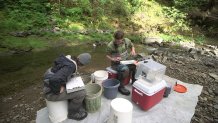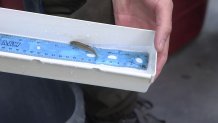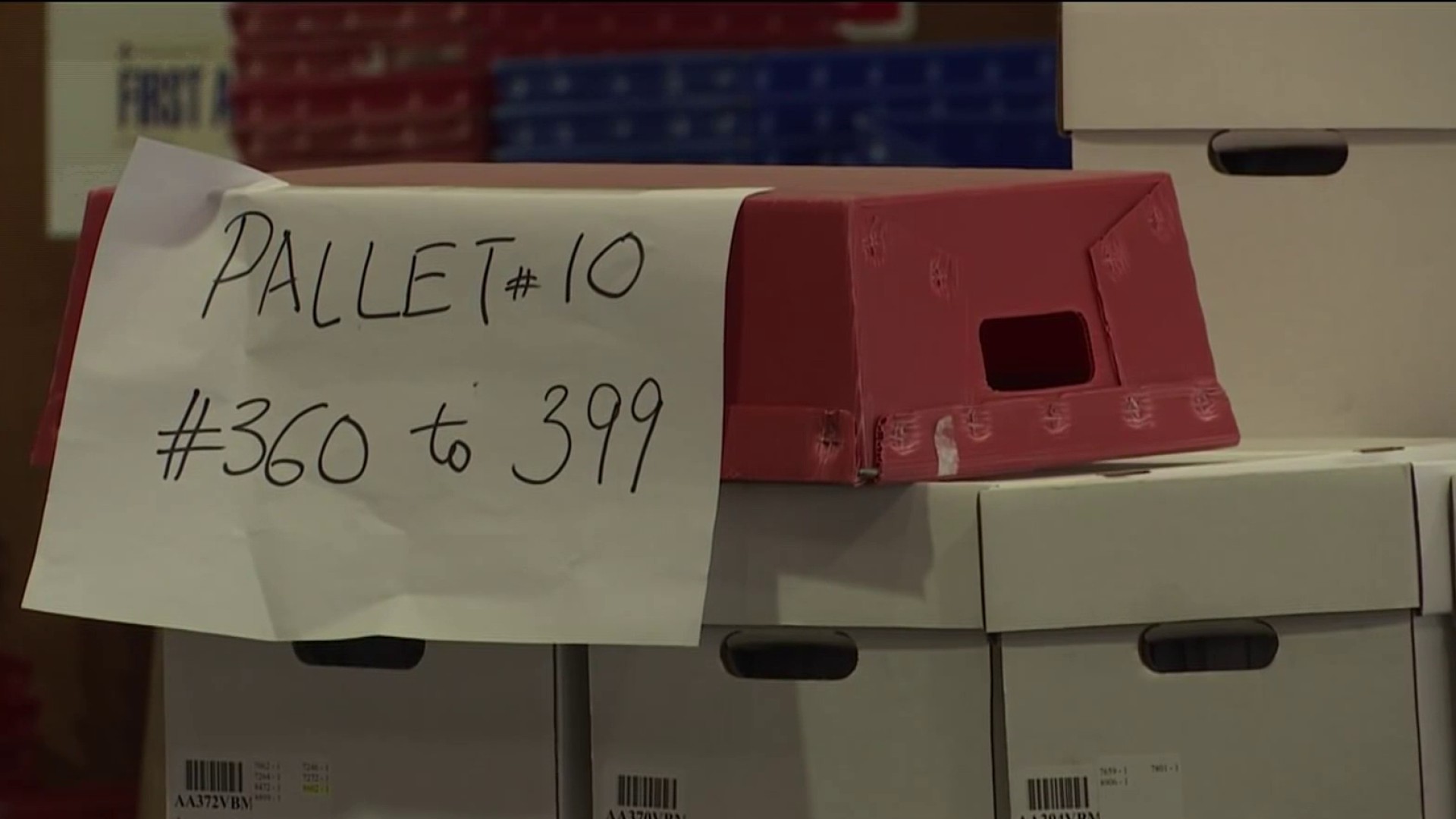Biologists who study fish in the tributaries of West Marin said the winter’s heavy rain is fueling a healthy population of endangered coho salmon smolts as they make their way from the creeks of their birth out to the ocean.
Researchers with the environmental group SPAWN said their daily counts have logged record daily numbers of salmon and steelhead smolts in the San Geronimo Creek - one of the last spawning grounds for the endangered fish in California.
“We’ve seen over 150 fish in a single day,” said Preston Brown, Director of Watershed Conservation for SPAWN. “Our expectations have been exceeded, so we’re seeing the single highest day counts we’ve ever had.”
Brown credits the positive turnout to winter storms that produced a series of atmospheric rivers — along with recent upgrades to the area’s river beds allowing the tiny fish to survive the fast flows of water that normally produce high mortality.
Get a weekly recap of the latest San Francisco Bay Area housing news. Sign up for NBC Bay Area’s Housing Deconstructed newsletter.
“Surprisingly, the high flows that we have for this winter,” Brown said, “the 10 or 11 atmospheric rivers actually seem like they’ve done well for the fish.”

Tucked into the edge of San Geronimo Creek, the researchers erected a trap to capture fish on their way down stream between March and May. The series of structures and tarps direct the fish into a pen where Brown and his team report daily, using small nets to transpose the fish into buckets.
Local
Brown and intern Nyna Hong count each fish, collecting their measurement and weight. SPAWN has been conducting the research for more than a decade, providing years of population statistics to compare.
“There’s no way to be able to really get a pulse on the ecology of the stream,” Brown said, “except putting your hands in it every single day.”
The year’s abundance of water and its coho population boom stand in contrast to the adult salmon that returned to the creeks over the winter to spawn. Those fish departed the creeks three years ago during a time of severe drought.
“The spawning this year was really poor,” Brown said. “The thing that’s consistent is never is anything consistent.”

The inconsistencies seen on the creeks of West Marin are a reflection of the state’s delicate chinook, or king salmon, population which supports California’s fishing industry. This year state regulators shut down the salmon fishing season for only the second time in history because of dramatically low numbers of fish. Those fish, which are on a three-year life cycle, were also born during the grip of the drought. Biologists hope chinook released this year will thrive in the swollen rivers, reviving the chances for a fishery in the coming years.
“You need the water to make all that happen,” Brown said, “it’s the key ingredient.”
“Encouraged” is not a typical emotion for biologists who study the Lagunitas Watershed — which has suffered a dramatic dip in its coho population from historic highs before development and dams harnessed the river flows. And yet Brown broke character in voicing his satisfaction with this year’s count.
“We’ve been really positively happy with those numbers,” Brown said. “Our expectations have been exceeded this year.”



